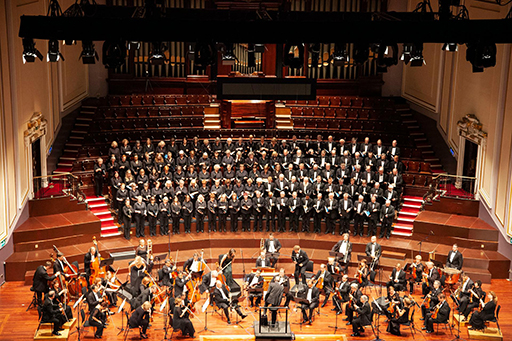Week 1: How we got into this: barriers, challenges and solutions
Introduction
Research completed by Donne Women in Music [Tip: hold Ctrl and click a link to open it in a new tab. (Hide tip)] in 2024 found that 92.5 per cent of orchestral repertoire performed worldwide in the 2023/24 concert season was written by men, while music written by women made up just 7.5 per cent. (Donne Women in Music’s research was based on an examination of the repertoire presented by 111 orchestras based across 30 countries.) These statistics are a stark reminder of how male dominated the world of classical music is.
This week, you will reflect on how we got into this situation, including the historical exclusion of women composers from the classical music canon and music education, issues accessing scores of their compositions, and financial nervousness around programming works with which audiences might be unfamiliar. You will then turn your attention to how we might change things, covering where to find information and scores, creating new editions, and commissioning new works by women composers, which you will go on to consider in greater detail in Weeks 3 and 4. This week is illustrated by short interview clips with Gabriella Di Laccio, founder and curator of Donne Women in Music, who discusses her work advocating for greater gender equity within the classical music industry.
By the end of this week, you should be able to:
- recognise the historical barriers which have led to the traditional exclusion of women composers from the canon and from music education
- understand the remaining challenges to programming women’s music
- appreciate how you/your organisation might approach diversifying repertoire.

